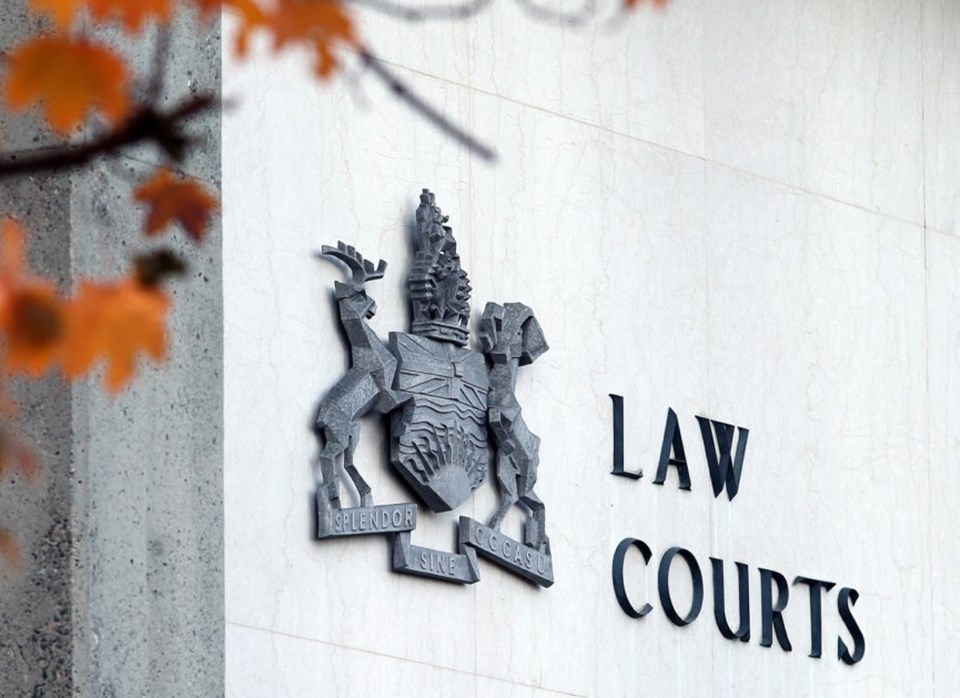The Songhees Nation will be allowed to call 12 expert witnesses at its treaty claim trial in B.C. Supreme Court.
In 2009, the Songhees launched a civil suit asking the federal and provincial governments to recognize its claim to land promised by one of the Douglas treaties — the Chekonien treaty — 160 years ago.
The Songhees are claiming compensation for what they allege is the failure of the Crown to set aside and protect the village sites and fields at Cadboro Bay and the area surrounding the Royal Victoria Yacht Club.
In December, the Songhees applied to the court under the Canada Evidence Act to call more than five expert witnesses during the trial. Section 7 of the act limits a party to five expert witnesses.
The federal government took no position on the application. The provincial government opposed it, arguing that several of the expert reports overlap and are unnecessary and repetitive.
The Songhees argued that the experts are necessary and provide different perspectives. Some overlap is to be expected in a historical treaty case where the evidence relates to a time more than 150 years ago, it said.
The Esquimalt Nation launched a similar suit in 2012, asking for compensation and a declaration that the land claimed is Songhees and Esquimalt land. They supported the Songhees application.
The two cases are being heard together.
The Esquimalt suit says that they, like the Songhees First Nation, are descended from the Lekwungen people who lived in southern Vancouver Island about 1850. From time to time, the Lekwungen was organized into tribal groups. After 1850, the Lekwungen tribal groups, including the Chekonien, joined together and intermarried. Today, the Esquimalt and Songhees Nations represent the original tribal groups, says the claim.
On April 30 and May 1, 1850, James Douglas, chief factor of the Hudson’s Bay Company, entered into six agreements with six tribal groups. The treaty with the Chekonien people specified they would have 200 acres around their Cadboro Bay Village site, adjacent to the beach, and about 40 acres of camas and potato fields, says the claim.
The trial is expected to begin in May. The first phase of the trial is expected to take 12 to 14 months. The court will hear from many witnesses and will review 11,000 historical documents.
Justice Keith Bracken said the evidence will explore the history, geography, botany, anthropology, archeology, ethno-history, genealogy, ethno-ecology, law and culture of indigenous people and their understanding of the terms of the treaty, as well as the authenticity of documents.
“In this case, one of the central issues is to determine whether there was a breach of a treaty, and if so, how much land the Lekwungen or Chekonien people utilized before the alleged treaty was made. A considerable body of expert evidence will be required in determining that issue,” Bracken wrote in his reasons for judgment.
“I believe that while there cannot be a simple abrogation of the way a trial is normally conducted just because the case involves aboriginal claims, some accommodation should be granted to allow the issues to be fully explored,” Bracken wrote.
Victoria lawyer Rory Morahan, who represents the Songhees Nation, said the judgment will enable some world-class experts to testify.



